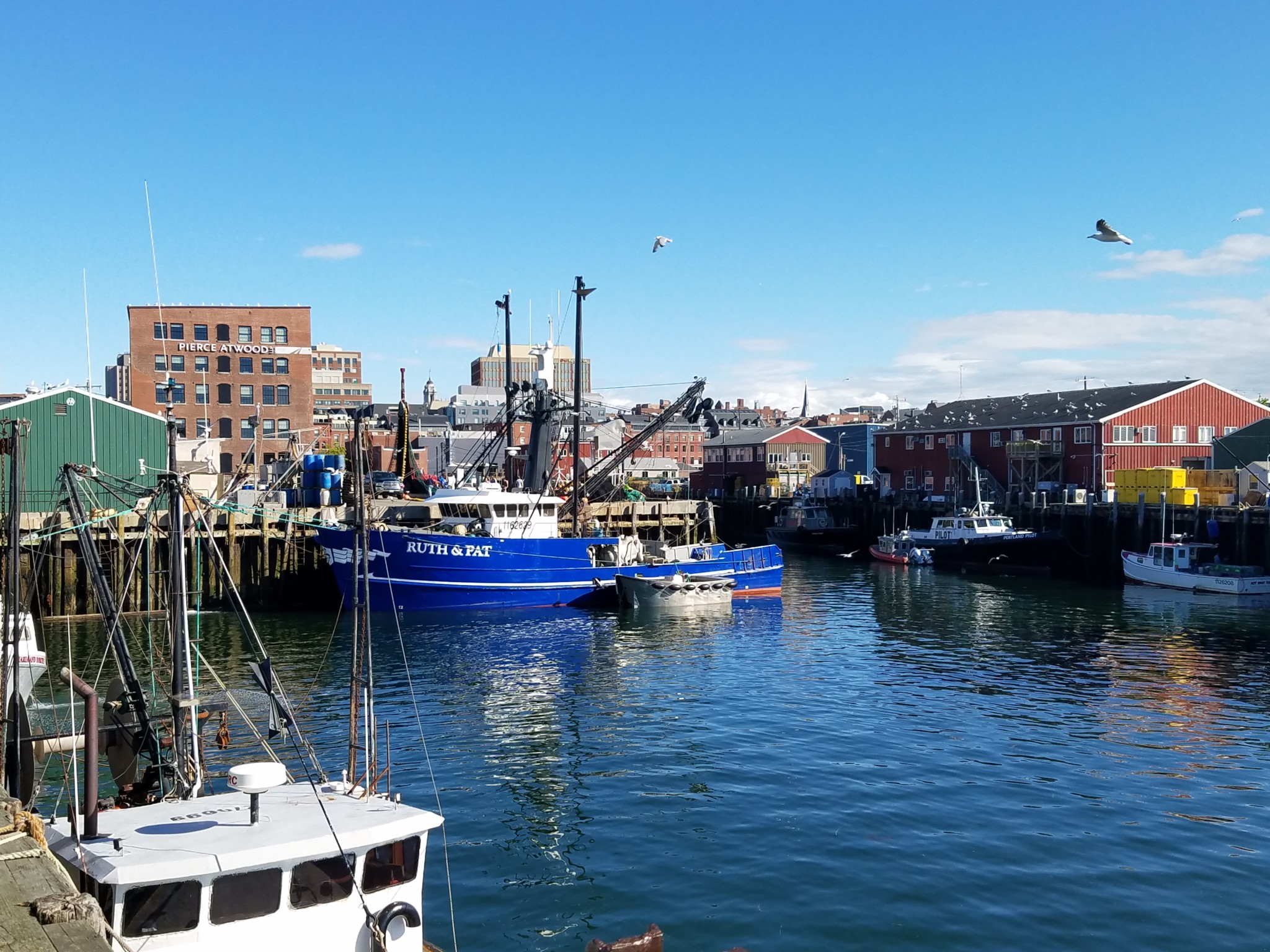On Tuesday, voters in Portland, Maine, turned out to turn down (narrowly) a referendum that would have seriously hampered future development in the city. The port’s recent development boom includes a proposal for a waterfront cold storage facility that would improve handling of seafood and other refrigeration-dependent products, as well as create an incentive for the shipping company Eimskip to expand its operations in the port.
Being that Portland is historically a seafood- and shipping-based economy, this seemed like a no-brainer investment to strengthen the port’s roots. But then Americold’s plan came back. The waterfront max of 45-foot-high buildings would not allow for the most efficient cold storage structure. They wanted to build to 68 feet, which would require a zoning change from the city council.

Site renderings of Americold's proposed cold storage facility on Portland, Maine's waterfront that required a zoning change to build the 68-foot-tall structure.
After a year of debate — including 40 public meetings, multiple public hearings and several studies on the economic viability of the project — the city council voted unanimously to approve the zoning change, which incorporated footprint restrictions to protect waterfront views. Throughout the process, some residents and landlords in the neighborhoods adjacent to the proposal objected strongly. They attended the meetings, submitted comments and filed petitions.
Then came the referendum — “Strengthen Zoning Protection By Allowing Resident Participation In Proposed Zoning Changes” — aimed at bolstering the power of the NIMBY objection.
As innocuous as it sounds, this initiative would have allowed 25 percent of residents within 500 feet of a proposed zoning change to block the city council from voting on it, putting the power of the veto in the hands of a small minority. Supporters of the change could override the block by rallying 51 percent of residents within 1,000 feet of the proposal to file in favor of a vote.
Of course this all ignores the fact that residents already are allowed to participate in the process, as documented in the dozens of public meetings and hearings hosted leading up to the vote. (And before anyone gasps at the idea of blocking waterfront views with corrugated steel, keep in mind that the cold storage facility would be built in the shadow of a massive drawbridge, across the Fore River from an oil tank farm in South Portland and on property that is clearly zoned for industrial use.) This is also a small city (about 65,000), so anyone who really wants to be involved in the process is fully capable of keeping on top of proposed changes.
What draws so many people to Portland is the beautiful balance we have struck here. This city thrives on industry as well as artistry. And those of us who love this town for what it is want to keep it that way. We have hit top 10 lists for food, families, quality of life. But we won’t keep these wonderful things by abandoning our roots, cutting our working waterfront off at the knees and eliminating economic diversity.
If you don’t like a little grit, then maybe a working waterfront town isn’t for you. Don’t let the drawbridge hit you on the way out.







